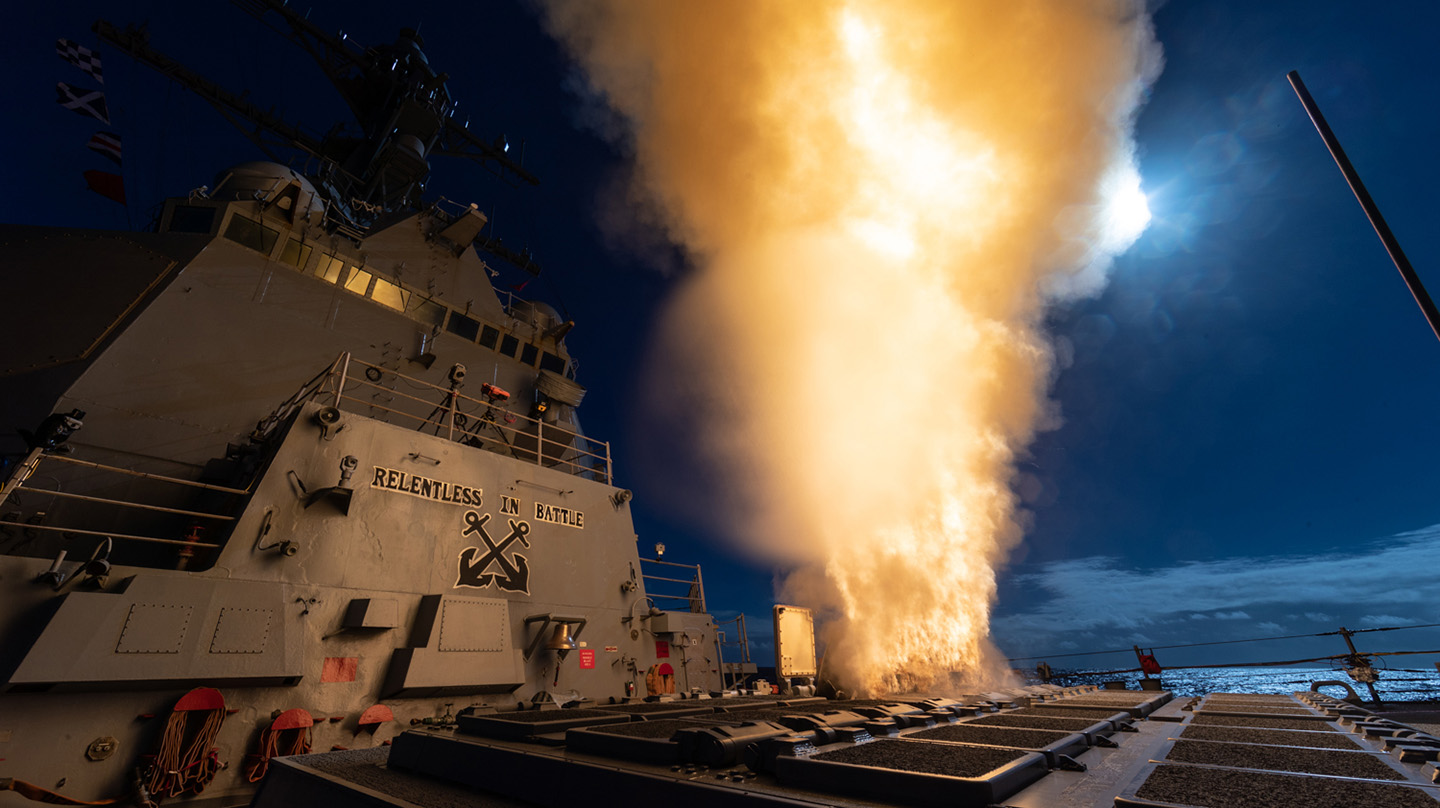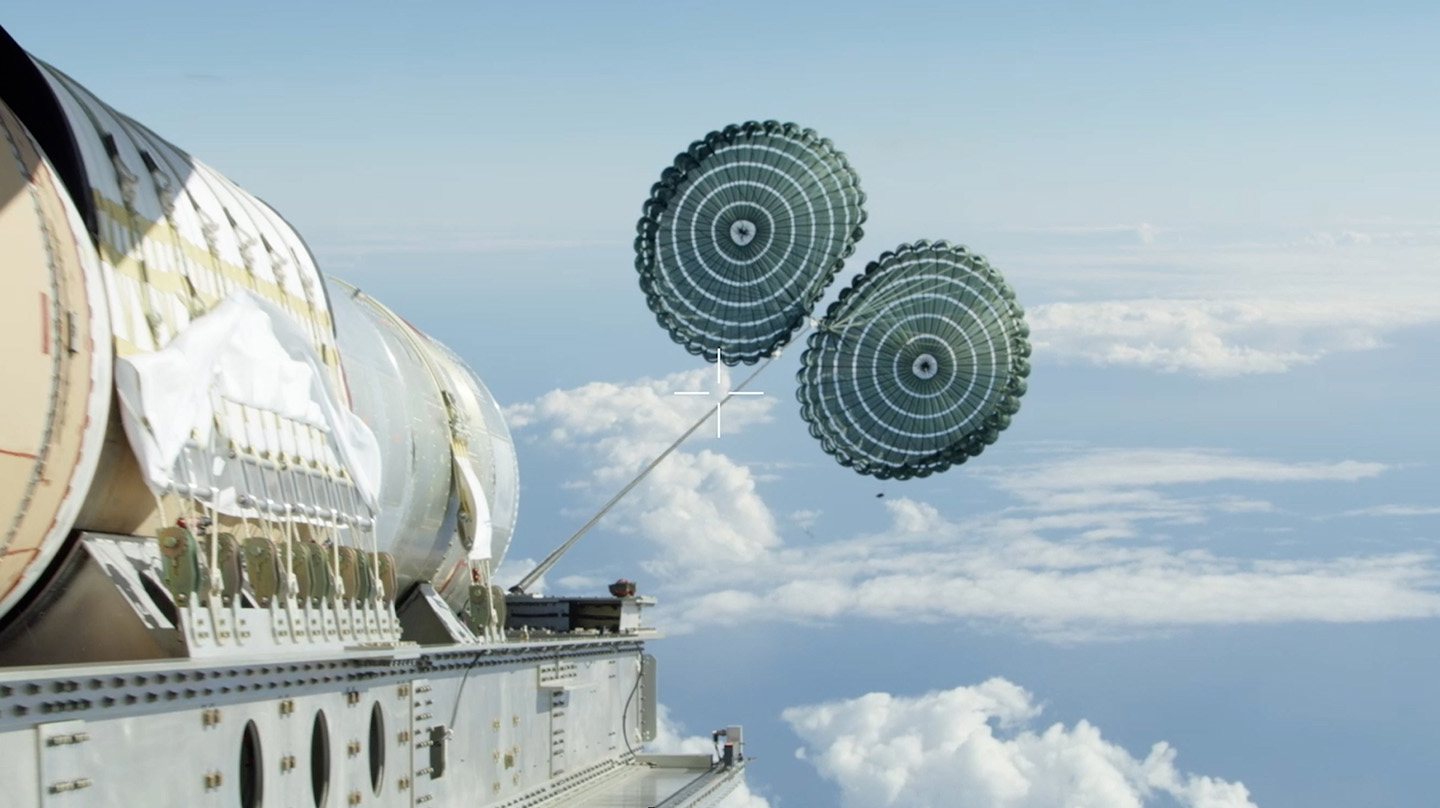Press Release
Johns Hopkins APL Plays Pivotal Role in Successful FTX-23 Missile Defense Test
The Johns Hopkins Applied Physics Laboratory (APL) in Laurel, Maryland — in cooperation with the U.S. Missile Defense Agency (MDA) and the U.S. Navy — played a critical role in the successful execution of Flight Test Other-23 (FTX-23). The Feb. 8 test — also known as Stellar Sisyphus — demonstrated sensor tracking and communications link capabilities of the Aegis Weapon System, a cornerstone of naval missile defense for which APL has served as the technical direction agent for many years.
Used by the U.S. Navy and other allied navies, the Aegis Weapon System is designed to track, engage and destroy enemy missiles and aircraft while providing protection to ships and their accompanying fleets. The system is constantly evolving to address new threats and incorporate advancements in technology, so the MDA and the Navy schedule frequent flight tests to validate new capabilities and assess system performance.
MDA and the Navy executed FTX-23 off the coast of the Pacific Missile Range Facility in Kauai, Hawaii. The first part of the event demonstrated the Aegis Weapon System’s ability to track and discriminate a medium-range ballistic missile (MRBM) target amid countermeasures; the second part involved the firing of a Standard Missile-3 (SM-3) Block IIA, which intercepted the same MRBM target, verifying additional functionality of the SM-3 Block IIA.
The test not only verified the missile’s functionality but also underscored the Aegis Weapon System’s capacity for conducting some of the most challenging target discrimination and intercept missions to date.

